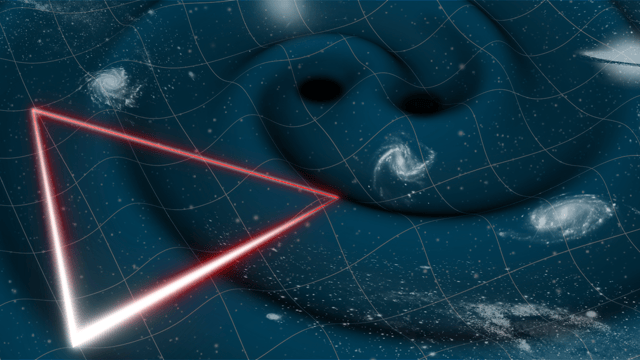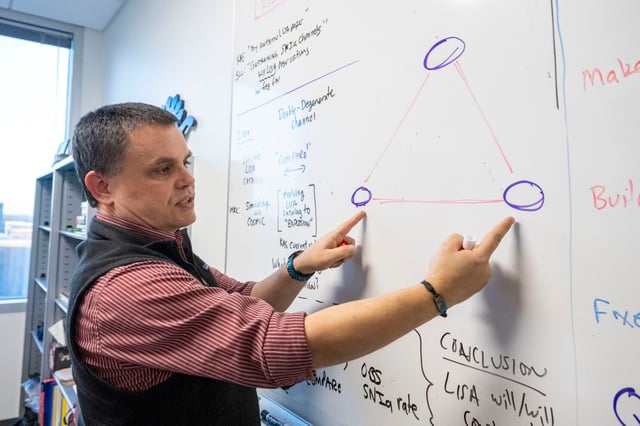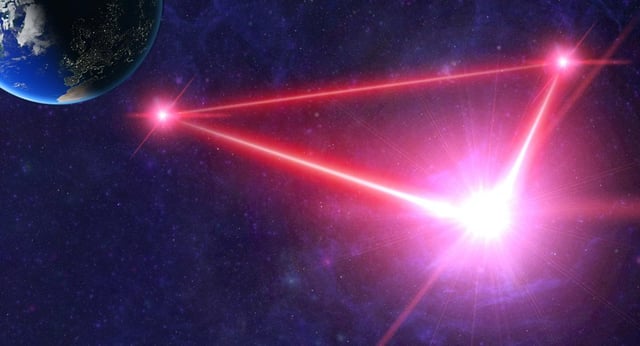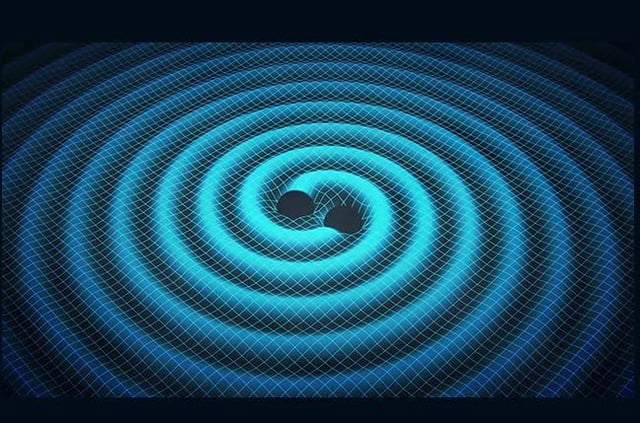Overview
- Shane Larson, an astrophysicist at Northwestern University, will be part of the team to build the Laser Interferometer Space Antenna (LISA), a space-based gravitational-wave observatory.
- LISA will consist of three spacecraft exactly 2.5 million kilometers apart, with laser beams connecting the three to form a giant equilateral triangle.
- The European Space Agency (ESA) announced last week its formal adoption of LISA, with construction set to begin in 2025 and a planned launch around 2035.
- LISA will allow scientists to observe a great number of things and their gravitational impacts, more than any other gravitational wave observatory.
- LISA will be sensitive to gravitational waves with wavelengths between 300,000 kilometers and 3 billion kilometers, allowing it to detect phenomena such as black holes orbiting each other, the spiralling of colliding white-dwarf stars, and potentially even signals from the first black holes.



